Rats are a common pest but, they can be more than a nuisance. Not only can they decrease the value of a home you’re trying to sell or damage a home you’re trying to live in, but their droppings and bites can destroy your kidneys with bacteria or cause “rat-bite fever,” according to the CDC.
The point is that figuring out what attracts them is an imperative not only based on your comfort but you and your family’s safety as well.
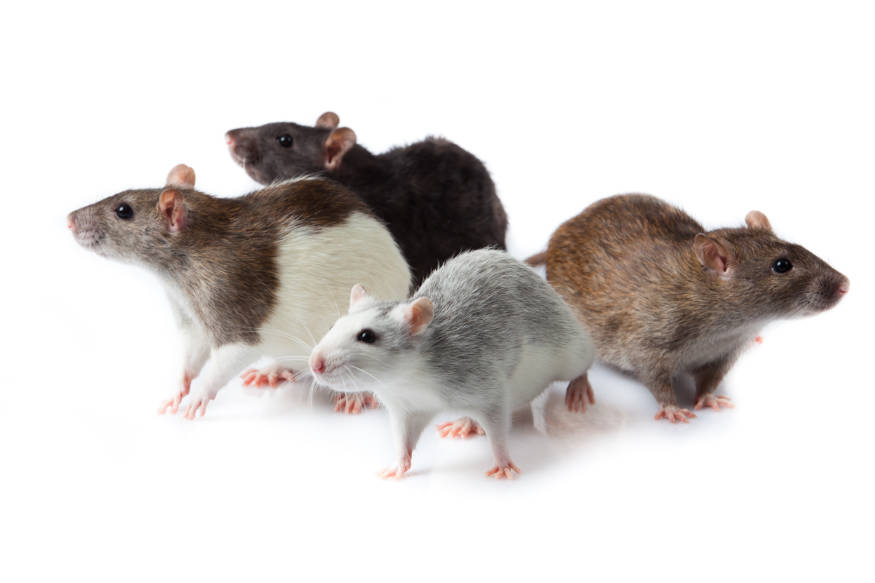
The smells and mess can damage a home’s value, but there’s an even worse side of having a rat problem, which is the fine print on your coverage that would have reminded you that Homeowners insurance doesn’t cover animal damage.
To avoid costly waste, diseases, odors, and damage that your insurance won’t even cover, read on to find out what attracts rats into your home so you can provide a better environment for your buyers, your kids, or just yourself.
What Attracts Rats to Your Home?
Easy Access to Food
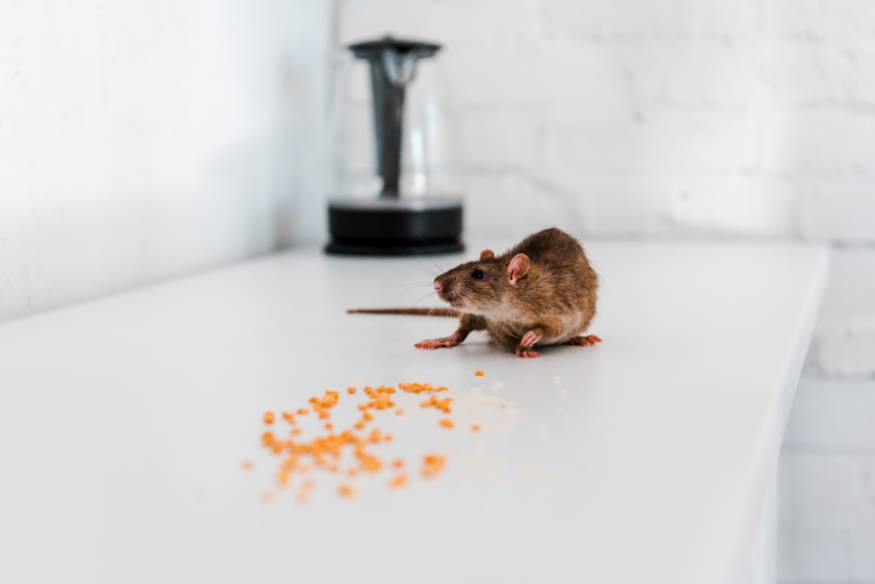
This is the biggest culprit of attracting rats to your home. Thankfully, it’s also one of the easiest to fix. Access to food will make rats come to your house and become permanent guests: they’re animals with needs, remember, and if they think their needs are satisfied by hanging around your house, they’ll do that.
You need to realize what constitutes as “food” for a rat to take care of this problem. We’re not just talking about meat and veggies. Rats will eat almost anything. This includes not only what you eat but leathers and furs too, as well as other non-human food products like birdseed and dog food.
How can you figure out what they’ll eat? The easiest rule to follow is that anything made from plants and animals is edible to a rat. This includes any animal byproduct and may not be “food” at all, such as soap products made from animal lard.
The Fix
The single easiest thing to do to ward off rats from camping out in your house is to cover your garbage. Getting tighter lids or new trashcans to ensure that they stay closed will keep rats from being attracted to your trash, which is full of food products.
Any food for pets or seed and grain bags likely lying around in a shed or storeroom are also especially vulnerable to being rooted out and eaten by rats. If you have a problem with rats, one possible fix is to take these bags and empty them into sealed bins and store them that way so rats can’t get at them.
At the very least, make sure the bags are closed and store them somewhere that doesn’t have easy access to the outside.
Comfort and Warmth
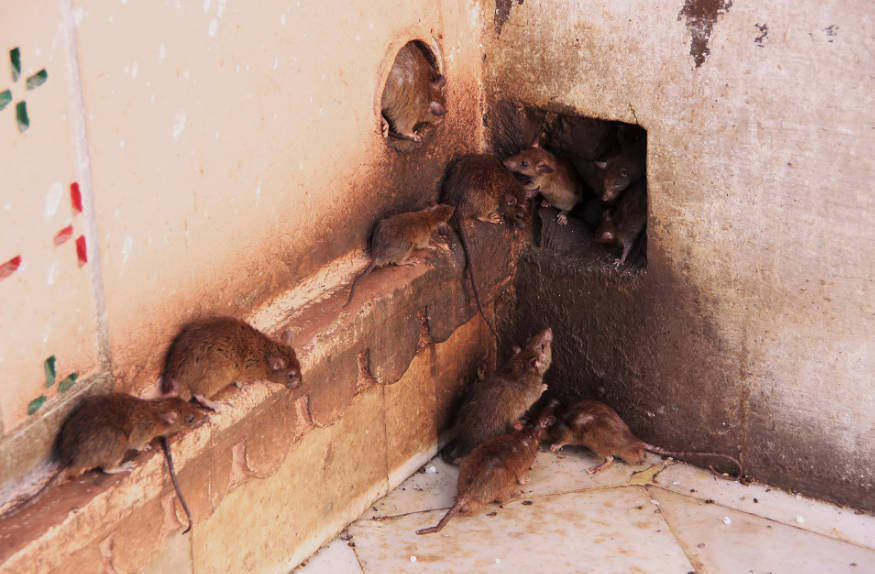
Warmth represents a major incentive for rats to share your home with you. In order to keep rats out of your house, walls, insulation, roof, and so on, you need to understand their needs. Rats, like any animal, act on their needs.
This particular need that’s important to understand is the need to be warm and find a safe place to make a nest. Your walls, insulation, cubbies, sheds, basements, and other structures may be dry and warm enough to make the perfect nest.
The idea of warmth attracting rats should make you consider your appliances as well. Since most of them produce heat, outdoor fridges, washers and dryers in outer rooms, heaters in sheds, and other appliances might seem worth digging into for a rat ready to nest. This can not only damage appliances but can short them out and cause fires if wires get nibbled.
The Fix
The best way to fix this problem isn’t easy but it’s necessary.
Holes in your house’s foundation, under the floor and beneath the house, along the baseboards of outer walls, and in outdoor rooms are going to be the main culprits of letting rats find a way inside to get warm. This easy access to the inside of your house is all they need to get within chewing distance of your stuff.
This is especially significant for older houses that have had longer to deteriorate and be chewed into. There are some simple fixes for simple problems, such as checking and reinstalling screens in any grates that lead outside, such as those that connect to the underside of your house from an outside wall, for instance. Enclosing gardens may also be a necessity.
Often, you’re just going to need to do the dirty work and check for holes in your shed and weaknesses in the walls around your house and in the roof where attics and crawlspaces can become vulnerable to wandering rodents.
Pet Waste
This is going to be gross so we won’t dwell on it. We mentioned that any animal or plant products are food to a rat, but the extent to which this is true may not be apparent right away. So we need to mention that your pet’s feces can attract rats to your yard, which will then lead them to your house.
If you have dogs that go in the yard, you might be inviting rats to set up shop there. Scoop your dog’s waste and dispose of it manually and consider spraying down patches of urine to diffuse the smell. Rats are looking for a food source so you might as well not put up an “all you can eat” sign.
The Fix
Pet waste is rat food, so you need to clean up the food just like you did in other parts of the house. This means scooping and disposing of pet waste when possible and spraying down smelly patches so they aren’t as attractive to wayward rodents.
This also applies to natural fertilizers, which can contain manure or plant products: seal it up in a container or store it somewhere else.
Leaking Pipes
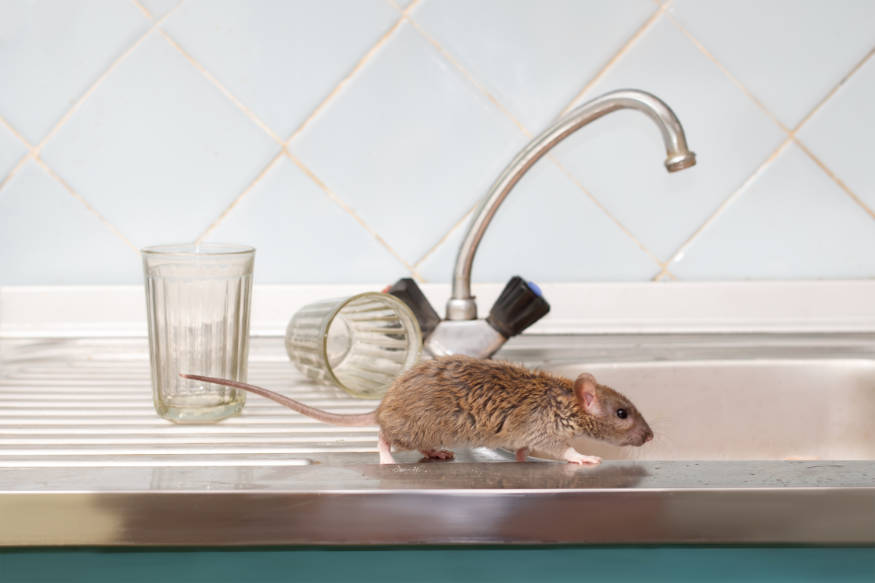
Here’s another need for a rat (or any living thing) that should change your pest-proofing strategies: they need water. They’re always looking for easy sources of water, since other than natural water or rain, they need to scavenge for all they can get.
More places around your house could be attracting rats as a source of water than you may realize. Dripping sprinklers, leaking pipes, condensation from appliances, birdbaths, pet bowls, split hoses, and any other source of water you can think of might be part of your rat problem.
The Fix
The fix for this depends on the source of the water. If it’s an outdoor pet bowl, consider leaving it inside. Dripping faucets or sprinklers may need to be replaced, as readily as leaky pipes or gutters need to be repaired.
You may need to forgo your birdbath in exchange for keeping your yard and house rat-free. Anything that provides a steady source of water is not only a reason for a rat to come to your house: it’s a reason for them to stay, nest, and bother you forever.
Plants
Just as plant food and seed can attract rats, plants can do the trick all on their own. If you have any fruit or nut-bearing trees on your property, rats may be stopping by for the smorgasbord without you knowing.
If you keep these plants inside, such as a tomato plant on a little terrace, it can be an invitation for a rat to break in. Rats that hang out in your roof will want to come down and find your fruit. This will only lead them to other sources of food, warmth, and water, which will only entice them to stay and breed.
The Fix
Indoor plants could be attracting rats. Until you can seal up your house or solve the problem another way, you may need to get rid of your plants.
Otherwise, you can install screens, depending on your setup, to keep rats off the plants, or focus on roof repairs to prevent them from being inside in the first place.
Checklist for Rat-Proofing Your House
Check for holes
We’re assuming that you don’t want to take the easy way out and set traps to kill the rats. So you may want to get rid of them at the source by closing up holes in your foundation, under your house, and in outdoor areas.
Installing screens and repairing walls and roofs is an essential first step.
Check for leaks
Rats are attracted to sources of water. A leaky pipe, appliance, house, or sprinkler could be drawing them to your yard and house. Fixing these leaks can go a long way to giving them less incentive to set up shop around your house.
Store food
Any sources of food are majorly attractive to a hungry rat. This includes not only obvious food and pet food but also seed grains, leather, and soaps as well. Store food by sealing it in tubs rather than leaving it open in bags that can be chewed through.
Seal your garbage cans with tight lids – it’s one of the easiest things you can do to keep your property from becoming a rat buffet. If you have indoor plants, consider moving or getting rid of them until you can figure out your rat problem.
Clean your yard
Pet droppings and clutter can attract rats to your yard. Any animal byproducts could be sources of food and water for them and clutter can make them feel warm and safe and ready to nest.
By taking care of your yard and the insides of your sheds, basements, and other outdoor buildings, you can make the space less attractive to rats looking for a cozy home.
Get creative
There are lots of resources online, such as this video, that offer additional creative solutions to rat-proofing your house. They work by taking advantage of what rats are attracted to (and not) and making the environment of your home more hostile to them.
Some solutions we found include placing smells that rats hate in places where they’re a problem – these include cut onions, mothballs, eucalyptus oil, and ammonia. Others involve making their natural instincts kick in to scare them off, such as by placing owl feathers in their usual hangouts or bringing in the smell of cats with dried litter.
Consider Technology
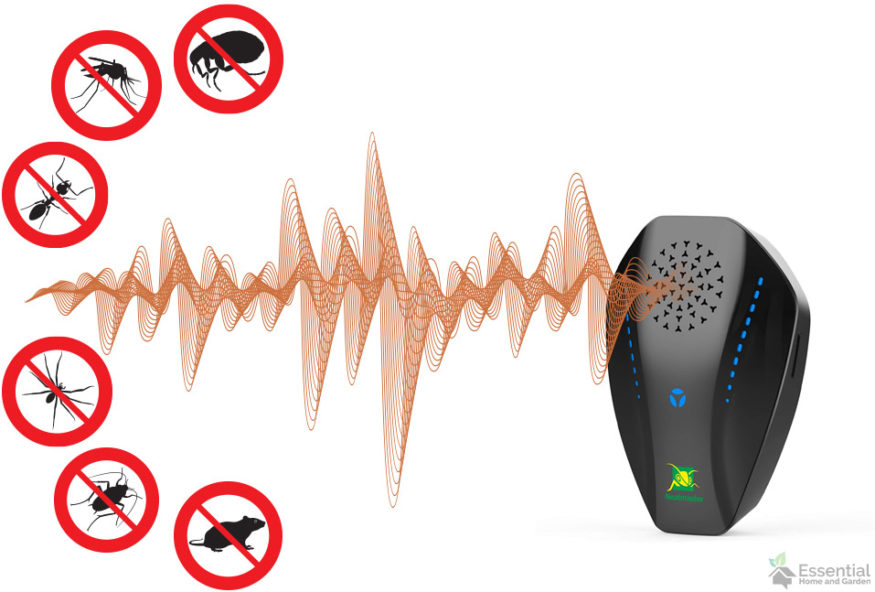
Creative solutions are out there for those with a rat problem that needs a little more inventiveness to solve.
New products exist to help repel rats with technology, such as Ultrasonic Pest Repellers that plug into walls and release high-pitched noises that humans can’t hear but which repel rats at a certain radius.
For a more conventional take on the same principle, some sprays exist too, such as this Peppermint Pest Control spray, that offer natural solutions to nosy rats by incorporating smells they don’t like into the areas they like to gather.
The Wrap Up
Rats can be a nuisance to a real estate agent or an average homeowner by chewing through walls, ripping insulation, eating food, making a mess, and even making unsettling noises in old walls and roofs. They can be worse than this, however, bringing diseases with them that can infect food stores and be transmitted to people through bites and scratches, as well as creating unpleasant messes and odors with their droppings.
Knowing what attracts rats can help you strategize how to take care of the problem without killing them. Any holes or leaks in walls and pipes can attract rats to the warmth and water sources around your house. Clutter and pet messes in your yard can give them an attractive habitat to nest in. Open trashcans are basically a “welcome” sign in your backyard.
We listed these problems and some possible fixes to help you sort through your rat problem and make them leave on their own, no messy murdering required. There’s tech out there like ultrasonic plug-ins that could be a good experiment to try out, but sealing up your house, food, and water supplies is the best thing you can do to keep the rats away.
Thank you this was helpful. I have a horrible rat problem. In garage, kitchen, everywhere!!! It is a nightmare for me. My house is 102 years old and brick. They are my worst nightmare!!!!!!!!!!!!!!!!!!!!